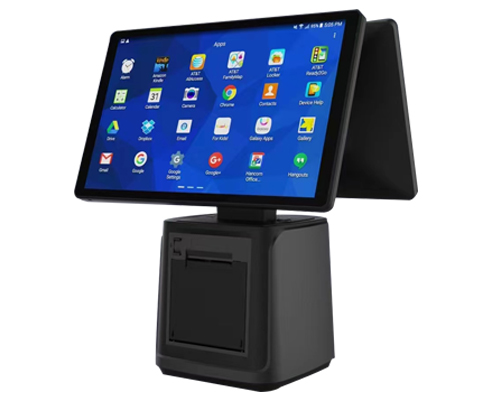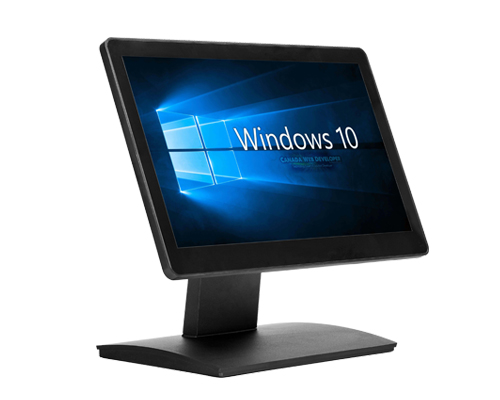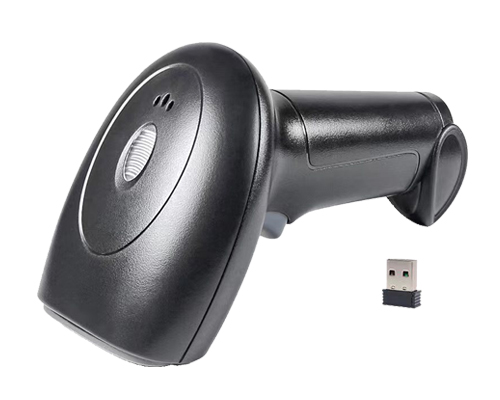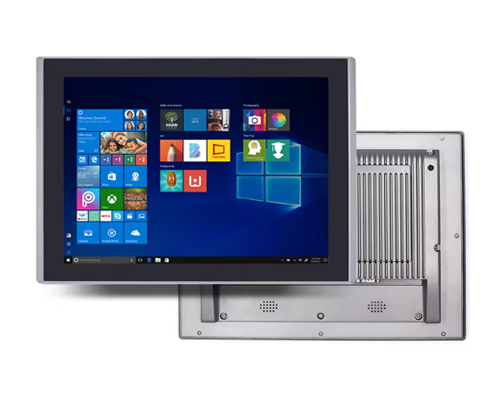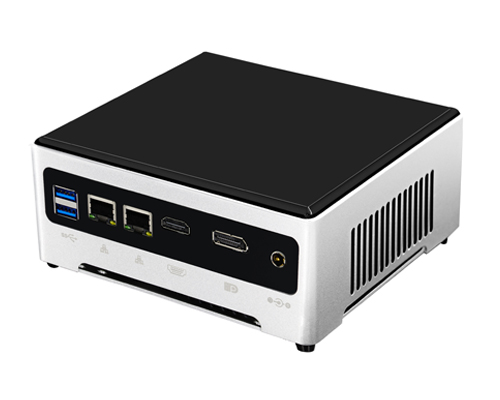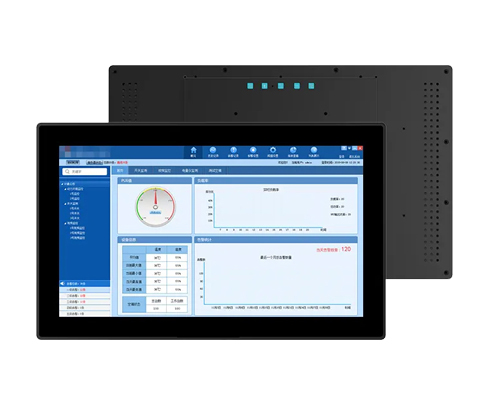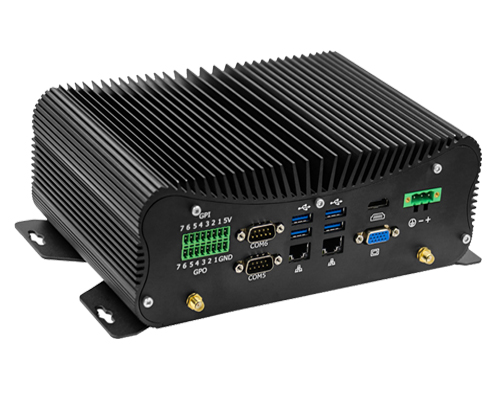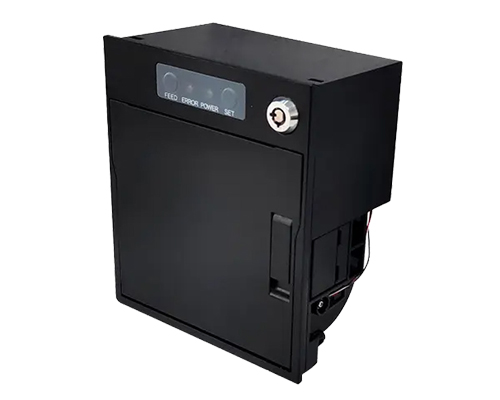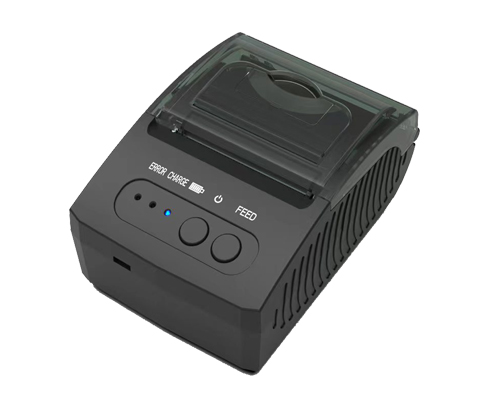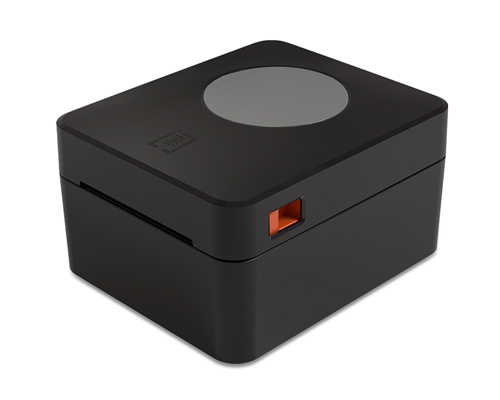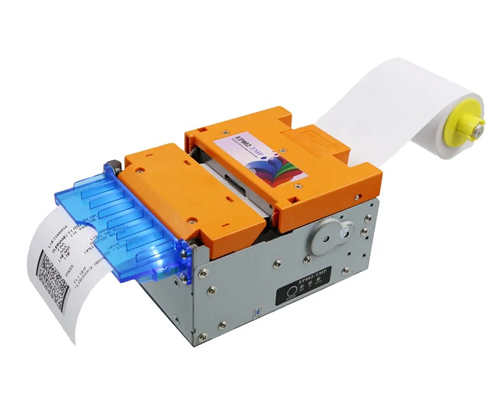Integrating a KIOSK printer with your system is a critical step in ensuring seamless operations for self-service kiosks, whether they are used for ticketing, retail, banking, or other applications. A well-integrated printer enhances user experience, reduces errors, and improves efficiency. This article outlines the key steps and considerations for successfully integrating a KIOSK printer with your system.
1. Understand Your Requirements
Before integrating a KIOSK printer, it’s essential to define your specific requirements:
- Printer Type: Determine whether you need a thermal, inkjet, or laser printer based on the application (e.g., receipts, tickets, or labels).
- Connectivity: Decide on the connection type (USB, Ethernet, Wi-Fi, or Bluetooth) based on your system’s architecture.
- Print Volume: Assess the expected print volume to choose a printer that can handle the load without frequent maintenance.
- Paper Size and Type: Ensure the printer supports the required paper size and type (e.g., roll paper, cut-sheet, or adhesive labels).
2. Choose the Right KIOSK Printer
Select a printer that aligns with your requirements and is compatible with your system. Key factors to consider include:
- Compatibility: Verify that the printer is compatible with your operating system (Windows, Linux, Android, etc.).
- Durability: KIOSK printers should be robust and designed for continuous use in high-traffic environments.
- Ease of Maintenance: Opt for printers with easy paper loading, ink replacement, and troubleshooting features.
- Vendor Support: Choose a reputable vendor that offers reliable technical support and documentation.
3. Develop or Configure Printer Drivers
Printer drivers act as a bridge between your system and the KIOSK printer. Depending on your setup, you may need to:
- Use Pre-built Drivers: Many printers come with pre-installed drivers for common operating systems.
- Develop Custom Drivers: If your system uses a proprietary or less common OS, you may need to develop custom drivers or use SDKs provided by the printer manufacturer.
- Test Drivers: Ensure the drivers are thoroughly tested to avoid issues like print errors, slow performance, or connectivity problems.
4. Establish Communication Between the System and Printer
To enable seamless communication between your system and the KIOSK printer:
- Configure Connectivity: Set up the chosen connection method (USB, Ethernet, etc.) and ensure the printer is recognized by the system.
- Use APIs or SDKs: Many printer manufacturers provide APIs or SDKs to simplify integration. These tools allow you to send print commands, monitor printer status, and handle errors programmatically.
- Implement Error Handling: Develop mechanisms to detect and resolve common printer issues, such as paper jams, low ink, or connectivity failures.
5. Design the Print Workflow
A well-designed print workflow ensures that the right content is printed at the right time. Consider the following:
- Content Formatting: Define the layout, font size, and graphics for printed documents.
- Triggering Mechanism: Determine how print jobs are triggered (e.g., after a payment, ticket purchase, or form submission).
- User Feedback: Provide clear instructions or notifications to users, such as “Printing in progress” or “Please collect your receipt.”
6. Test the Integration
Thorough testing is crucial to ensure the printer works as expected in real-world scenarios:
- Functional Testing: Verify that the printer produces accurate and high-quality prints.
- Stress Testing: Simulate high-volume printing to assess performance under heavy load.
- User Testing: Conduct usability tests to ensure the integration meets user expectations.
7. Monitor and Maintain the Printer
Once the KIOSK printer is integrated, ongoing monitoring and maintenance are essential:
- Remote Monitoring: Use software tools to monitor printer status, ink levels, and paper availability remotely.
- Regular Maintenance: Schedule routine maintenance to clean the printer, replace consumables, and address wear and tear.
- Firmware Updates: Keep the printer’s firmware up to date to benefit from performance improvements and bug fixes.
Conclusion
Integrating a KIOSK printer with your system requires careful planning, the right hardware, and robust software development. By following the steps outlined above, you can ensure a smooth integration that enhances the functionality and reliability of your self-service kiosks. A well-integrated printer not only improves operational efficiency but also delivers a superior user experience, making it a valuable component of any KIOSK system.
By focusing on compatibility, communication, and user experience, you can successfully integrate a KIOSK printer into your system and achieve long-term operational success.

